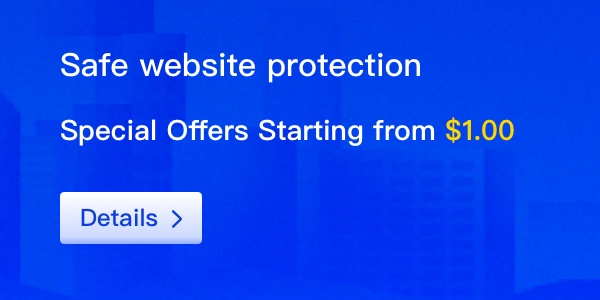In today’s digital world, your brand isn’t just your logo or product—it’s also your domain name. The right domain is a key part of your online identity. But what if someone registers a domain name that’s identical—or confusingly close—to your trademark?
Don’t panic. You have rights, and there are clear steps you can take to resolve the situation.
Know Your Rights First
Before making a move, it’s important to understand the legal foundation you're standing on. A registered trademark gives you exclusive rights to use that name in connection with your products or services. That protection extends to domain names—especially when they’re used in bad faith.
In the U.S., the Anticybersquatting Consumer Protection Act (ACPA) helps trademark owners take action against people who register domains similar to their trademarks with dishonest intentions, like extortion or brand impersonation.
Bottom line: If someone is using your brand name in a domain—and especially if they’re doing it to profit off your identity—you may have legal grounds to fight it.
What to Do if It Happens to You
Here’s a step-by-step plan if someone registers a domain using your trademark:
1. Reach Out to the Domain Owner
Start with a friendly approach. Use WHOIS or the registrar’s public info to contact the registrant. Politely explain your trademark ownership and ask if they’re open to transferring the domain. Sometimes, a direct and respectful request works.
2. Contact the Registrar
If the registrant doesn’t respond or refuses to cooperate, the next step is to contact the domain registrar (the company managing the domain). Most registrars have dispute policies in place. Provide evidence of your trademark ownership and how the domain is infringing your rights.
3. Talk to a Trademark Attorney
If informal steps don’t get results, it’s worth consulting a lawyer who specializes in intellectual property law. They can help you assess whether it’s time to escalate legally, and what your options are. Lawsuits can be costly and slow, so it’s wise to evaluate the risks and rewards before jumping in.
4. Use the UDRP Process
If you don’t want to go through the courts, you might file a complaint under the Uniform Domain-Name Dispute-Resolution Policy (UDRP). This ICANN-governed process allows trademark holders to challenge domain registrations made in bad faith. It’s faster and cheaper than litigation—and in many cases, very effective.
How to Prevent It from Happening Again
Being reactive is necessary, but being proactive is even better. Here are some tips to keep your brand protected going forward:
1. Secure Key Domains Early
As soon as you register your trademark, grab the matching domain names (.com, .net, etc.) and common variations. It’s a small cost now that can save major headaches later.
2. Set Up Domain Monitoring Alerts
Use services like DomainTools or MarkMonitor to keep tabs on new domain registrations that resemble your brand name. Early detection gives you the upper hand.
3. Train Your Team
Make sure your marketing, legal, and tech teams understand the importance of domain protection. Having everyone on the same page helps you spot and act on threats quickly.
Read more: A Comprehensive Guide to Smooth Domain Transfer Services
Final Thought: Protecting Your Brand Starts Online
A stolen or misused domain can harm your business, confuse your customers, and dilute your brand’s value. But with the right knowledge and timely action, you can take control and protect what’s yours. Whether it’s through a polite email or a formal dispute, standing up for your trademark online shows that you take your brand seriously—and so should everyone else.





















